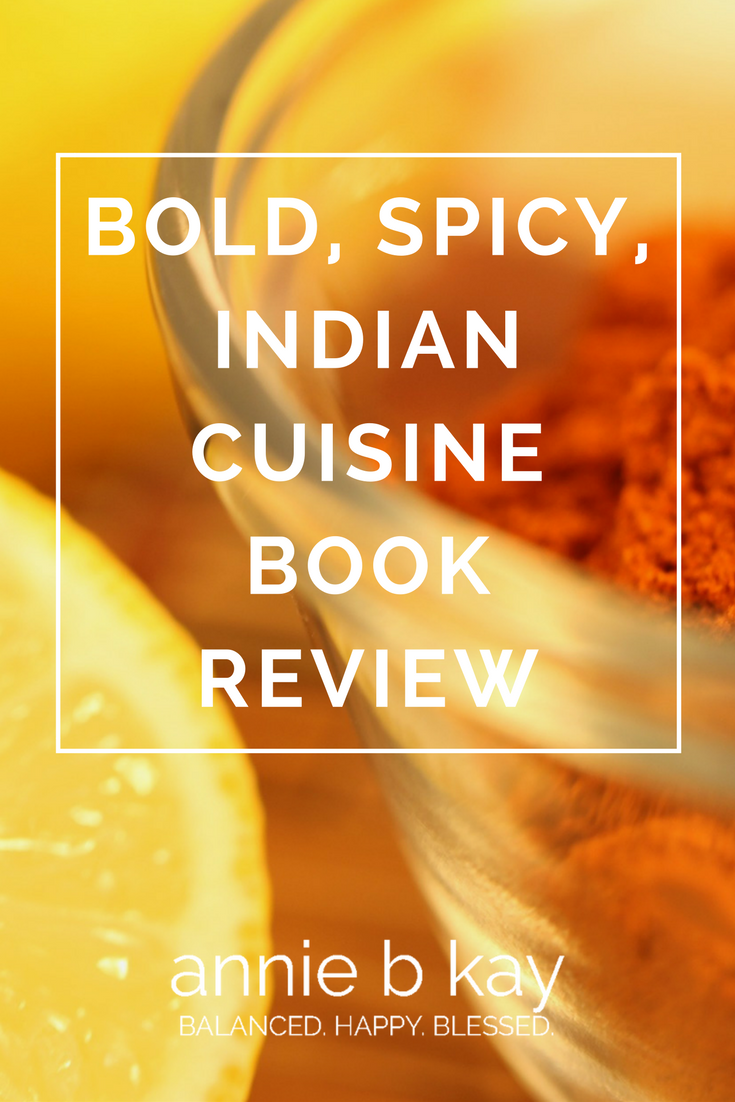
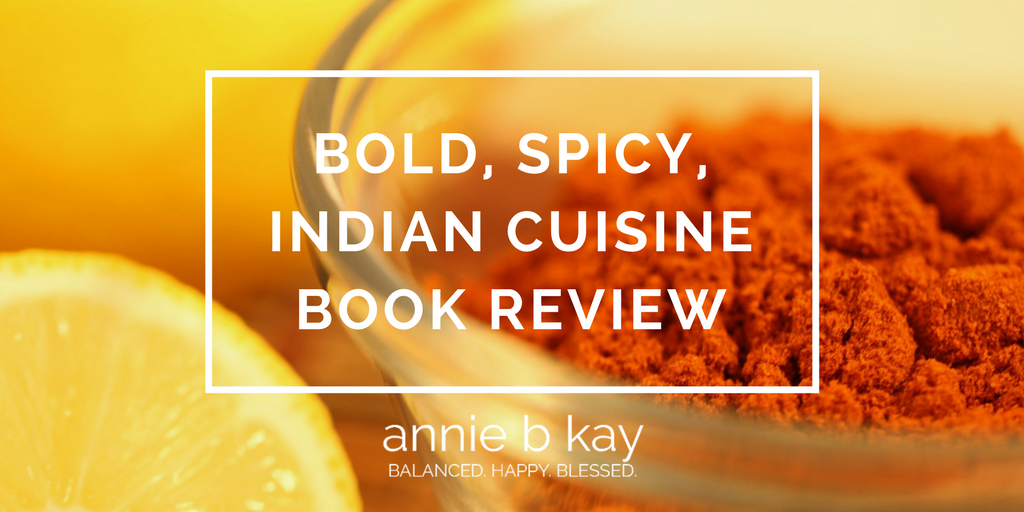
I’ve worked at Kripalu (the largest yoga center in the country) for seven years, so I have enjoyed my share of Indian food. I love the flavors of India – spicy curries, sweet-piquant chutneys, yogurt and lots of creative plant-based proteins. Indian cuisine in its original form is naturally healthful – filled with plants (often vegetarian) and aromatic spices.
I also love the work of the American Diabetes Association (bias alert – they published Yoga & Diabetes, which I co-authored). They have put together a collection of beautiful cookbooks that reflect a fresh range of ways of cooking and eating for health. If you have not yet looked at their growing collection – check them out! You don’t have to have a diabetes diagnosis to enjoy them – they are simply accessible healthful fare for everyone.
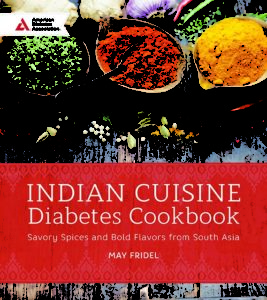 May Abraham Fridel’s Indian Cuisine Diabetes Cookbook has an authenticity and accessibility that are the hallmarks of a great cookbook. It practically smells like cumin – must be the beautiful red-brown of the two-color interior and beautiful four-color photos of select dishes. If you love the smells and tastes of India food and want to bring a bit of that into your own kitchen, this is a book for you.
May Abraham Fridel’s Indian Cuisine Diabetes Cookbook has an authenticity and accessibility that are the hallmarks of a great cookbook. It practically smells like cumin – must be the beautiful red-brown of the two-color interior and beautiful four-color photos of select dishes. If you love the smells and tastes of India food and want to bring a bit of that into your own kitchen, this is a book for you.
The book begins with an overview of the philosophy behind India cooking, including the ancient nature-based wisdom of Ayurveda, a sister science of yoga.
There is a Spice Guide, a Pantry List, and some How-To Recipes to introduce you to the staples of healthful Indian Cuisine.
This is the book I will consult the next time I make Dal (spiced lentils). There are three easy tasty recipes and tons of advice to guide me. There’s a healthy version of my favorite Indian dish, Palak Paneer (cheese in spinach sauce) – this one uses tofu instead of cheese and skips the heavy cream that often turns that healthy sounding dish into something that while filled with nutrients is also calorie-dense. There is a chapter on street food and one on elegant dishes, a chapter on curries, a chapter on grilling, a chapter on Indian flatbreads, one pot meals, sides including slaws and salads, and drinks (I love me some lassi – India’s yogurt smoothie).
Ms. Friedel is a food literacy advocate, philanthropist and the founder and CEO of an organic spice company (www.passionforspices.com). She clearly knows of what she speaks when it comes to the flavors and spices of India.
I’m grateful for her offering, happy to add it to my cookbook shelf and look forward to continuing to sample and to learn about Indian cuisine.
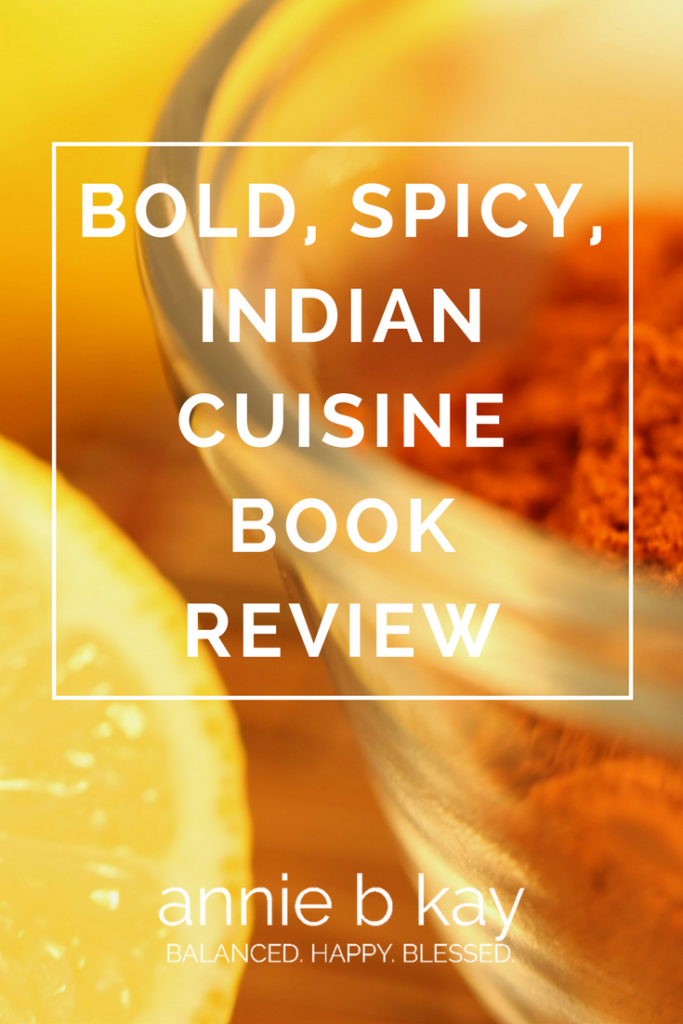
Pinterest
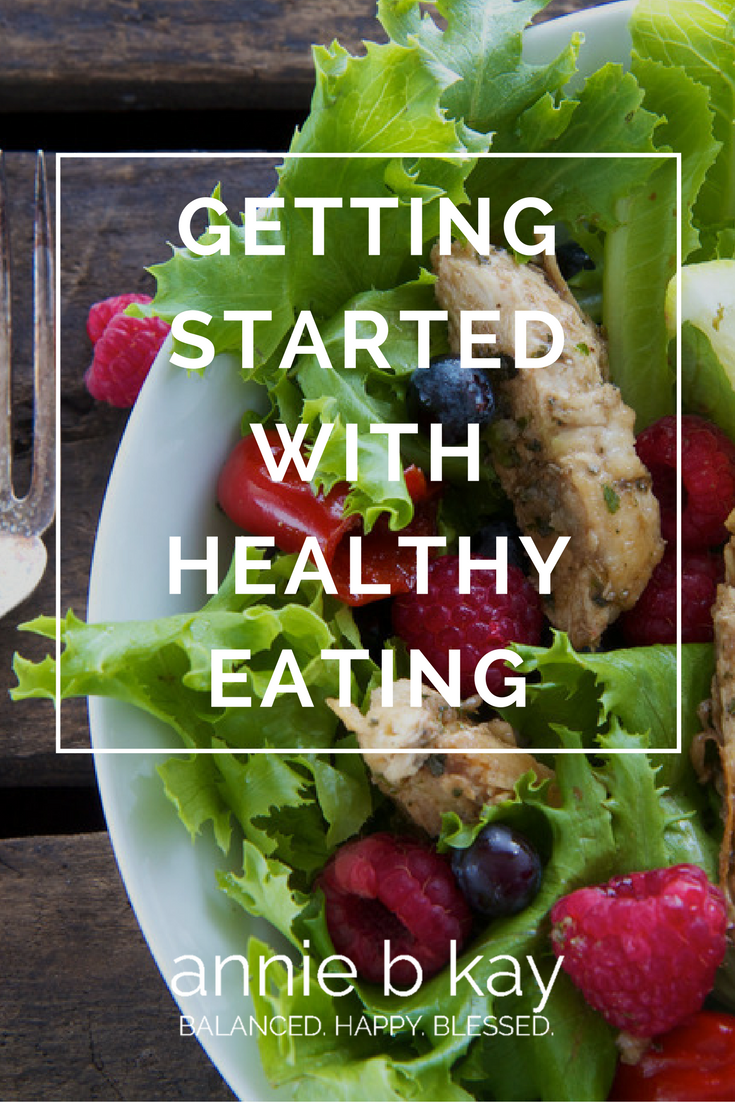
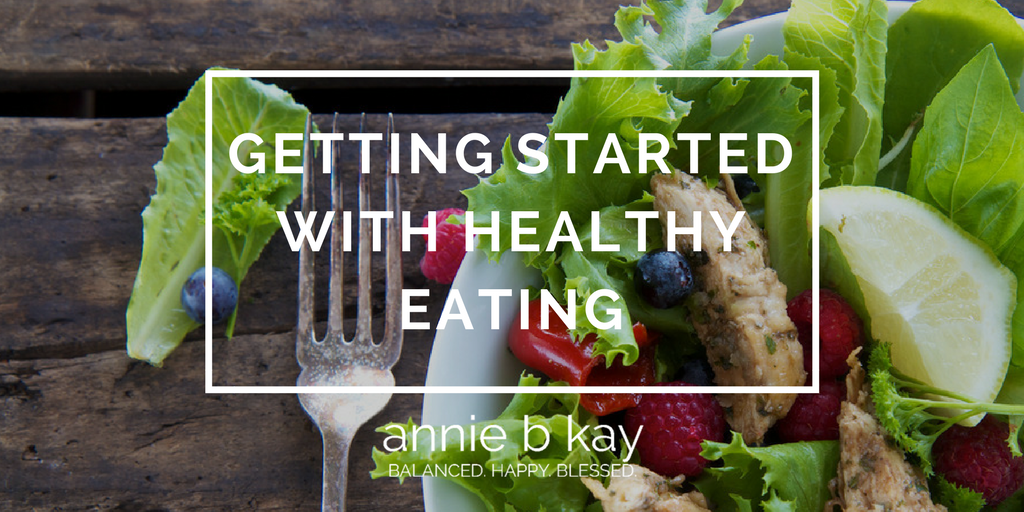
Confused about what’s healthy and what’s not? You are not alone!
It’s a challenge to follow a healthy lifestyle in our anything-but-healthy culture. But for most of us, it’s worth the effort to be the most vibrant, healthy version of ourselves that we can.
No matter who you are – how old, how physically or financially limited – you can improve your life by making healthier food choices, moving more, and connecting with others. As a nutritionist for nearly 30 years, I’ve seen people transform their lives through modest lifestyle changes practiced over time.
Here are a few ideas for laying the groundwork for healthy eating.
- Don’t believe the hype. The idea of a pill, potion or diet that will magically excuse you from the reality of how our human bodies work can feel irresistible. But like low-payment mortgages and other investment schemes we’ve learned so much about in the past few years, if it seems to good to be true, it probably is. The FDA recently warned that some diet aids can actually do serious physical damage.
The only way for the average person to stay healthy over the long haul is to eat a healthy diet that honors their needs (and for most, features plants) and to be adequately physically active. Within that guideline are limitless paths to get there. The pill or diet might help with a jump-start, but eventually, we all live within the laws of our human physiology.
- Take a positive, additive approach. Weight loss or getting healthy is best experienced as an exercise in getting to know yourself and how your body works. One key is to find some joy – some fun, in learning how to care for yourself well. In my decades of counseling people on lifestyle, I find it’s best to start by adding good things – like physical activity, and servings of fruits and vegetables. That way, the foods and activities that don’t serve you (like French fries, donuts and Law & Order marathons) tend to fall by the wayside with less sacrificial pain. There is a way to enjoy what you eat and follow a healthy diet.
Here’s an exercise: on a piece of paper, make a list of things that fuel your life force. List things large (vacation on the beach!) and small (get myself flowers!), expensive and free (call an old friend!) – everything from getting outside, taking a great bath, being active, reading – whatever fuels your passion, or is fun, or feels good. Here’s a tip: people who take excellent care of themselves give themselves things that fuel their life force. And taking excellent care of yourself makes a healthy lifestyle easier and more fun to stick with.
- Know where your journey begins. There is a slew of good (and free) web-based assessment tools to help you figure out what and how much you’re eating right now. That’s really the first step in finding out where you want to go. Step on the scale, find your BMI and see where you are on the sliding scale from underweight to obese. For most of these assessment numbers, see them then set them aside, and focus on the habits. It’s easy to get fixated on “I knew I struggled with weight but now I see I’m obese – I’m no good and it’s hopeless.” When those kinds of thoughts pop up, see if you can turn it around to a positive, like “I knew things were getting out of hand, and now I know the situation and can do something about it – I can do this.” So long as you are focused on positive change and positive habits your life is likely to get better. Everyone has difficulty with something in their life. It’s how you work it in your mind that makes the difference between success and spinning your wheels.
- Remember that with diet, “relapse” always happens. One of my wise teaching friends at Kripalu says “progress not perfection,” and with diet, there will always be a wedding or dinner with friends or just a day when you haven’t eaten well. Often, people feel like they’ve failed when they’re not perfect, and slide into the land of “it’s too hard” and “I can’t do this” and “it doesn’t really matter,” and they give up. It can be months before they try it again. If only they knew that it’s natural not to be perfect! If you ‘fall off the wagon’, dust yourself off, have a glass of water, forgive yourself and get back to practice as soon as you can – the same day, the next morning, but soon. Think about what made healthy eating too difficult – that can be an experiment for next time. That’s how real change happens.
Here’s to your practice of fun and good health.
Learn more…
What next?
Want to stay connected and join others on this path to wholeness?
The best way to do that is to sign up for my monthly newsletter to get tips and resources to support you.
You can also check out opportunities to study with me.
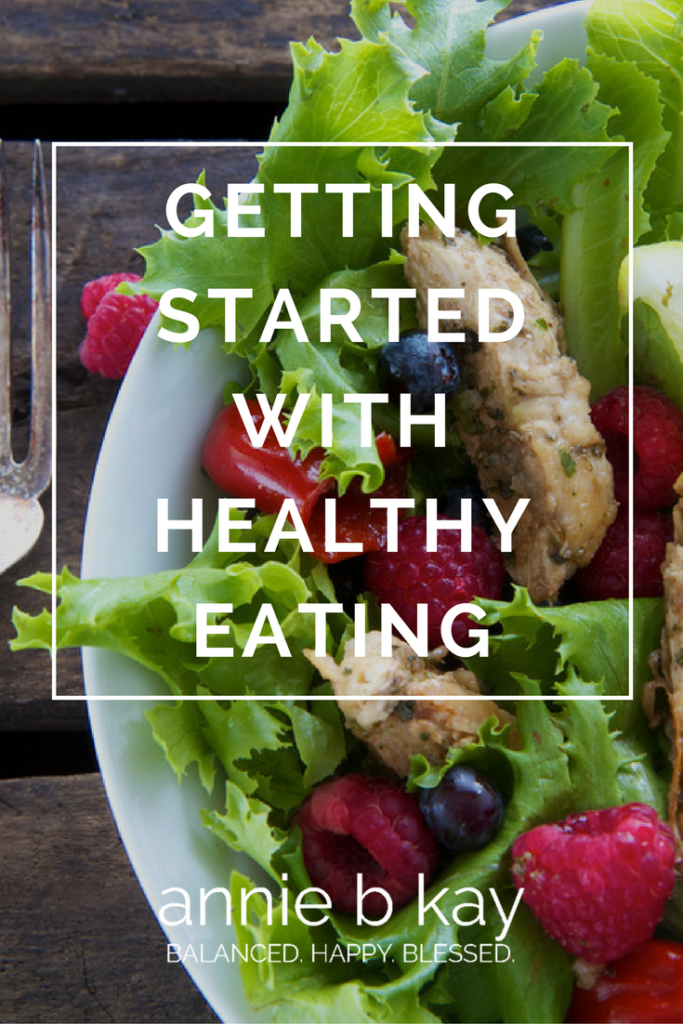
Pinterest
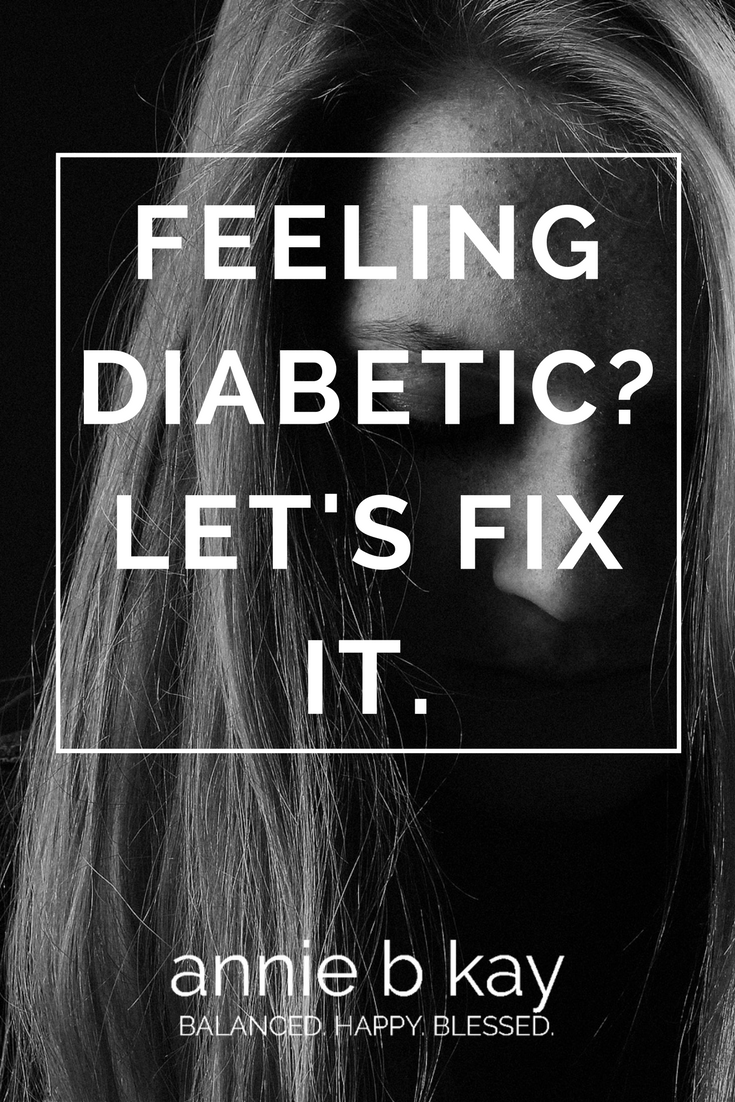
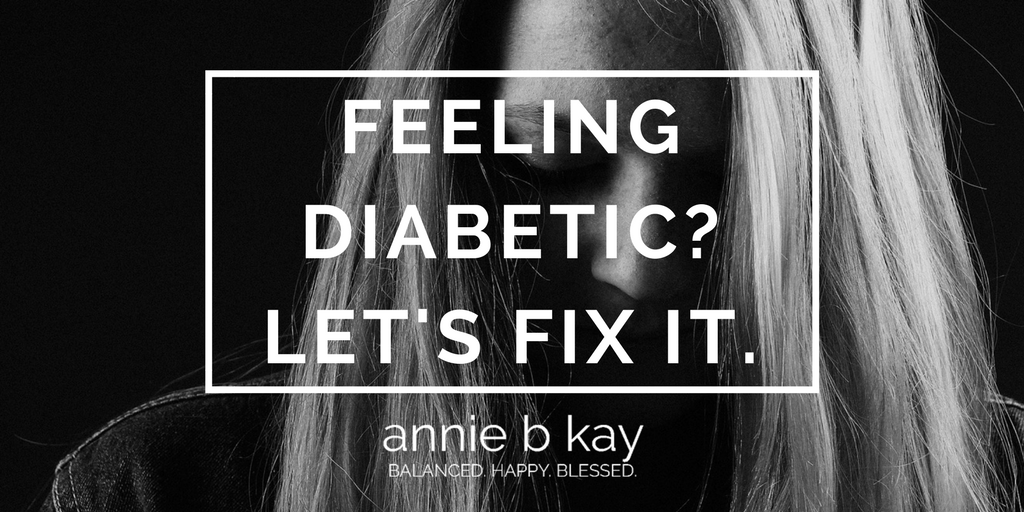
Diabetes is the scary sister of the obesity epidemic.
The physical fallout from insulin resistance (IR) and the resulting roller coaster of blood sugar leads to life-altering circulation problems which in turn can lead to vision issues, neuropathy (nerve issues), kidney issues and more. It’s scary stuff.
What does it feel like to live in a body that has pre-diabetes?
It feels tired – unusually tired. It feels hungry – really hungry for comfort foods and fat – things like bread, cookies and sweets, potatoes with gravy or butter. It feels a little shaky and often nervous. It can feel overall crummy, unmotivated and a little hopeless.
It’s not you! It’s your blood sugar.
When you feel like you have diabetes, comfort foods – the very foods that make the condition worse – are most appealing. Yes, the universe is ironic.
Most diabetes begins as pre-diabetes and worsens over time. UNLESS!
Unless you change.
The good news is that for this type of diabetes, you can, to a HUGE extent, prevent progression of the disease. I have seen it reversed time and time again when someone has the support to eat to manage blood sugars, gets adequate movement and manages stress. Maintaining it is the tricky part…hard (but possible) to do.
Many mainstream medical docs are not talking about the extent to which you can reverse diabetes. It drives me (and my proactive doc friends) crazy to hear that someone’s blood sugar is a bit up and their doc tells them to watch and wait. What you’ll end up watching is your blood sugars rise, and diabetes take hold. When I see someone with a borderline high fasting blood sugar, it’s ACTION TIME! It’s the time you can completely change your future.
You are so very worth it.
It’s all about finding your version of a healthier life; enjoy a delicious healthful diet, manage stress and move adequately. There are so many paths to managing blood sugars. You don’t have to be perfect, and each person can find the balance of eating, moving and having fun (another way of thinking about managing stress) that works for them.
A few easy ways to get started are:
- Add one more serving of your favorite vegetable, either raw or lightly cooked, than you eat right now. Begin today, and repeat tomorrow.
- Try the psyllium shot before meals. I swear it works!
- Consider the disco minute. Put on your favorite dance song and dance like no one’s watching.
The earlier you address the issue, the better (though it’s never too late – even if you are on insulin, improving your self-care will improve your overall health). The earlier you begin, the more likely you’ll be able to fix the issue. From years of providing evidence-based nutrition to people with creeping weight gain afraid of diabetes, I can tell you that the number of people with metabolic syndrome (a little diabetes and a little cardiovascular disease that add up to bad news for health), who don’t know they have it is very large and growing. Even many people with good medical care don’t seem to know (or are too afraid to know).
I hear you – diabetes is a scary condition. It might seem that in order to address it you have to give up your favorite foods – all the comfort and fun in your life. While you do have to change to address the condition, many people are doing it and actually enjoying life more. Step by step, little (or a lot) at a time. When I work with someone with diabetes, we work on making sure food is not the only source of comfort in life – we have to do that first, then addressing food is easier.
Once you’re ready to make a change (and have practiced one of the easy kick-starts I mentioned above) is to take stock of where you are. Again, it can be un-nerving to take that clear look at the numbers that describe what’s going on, but just know that whatever they are, you can change them.
This summer I’ll be blogging more about diabetes – what it is, and how to manage it with lifestyle.
In the meantime, here are a couple posts that you might find helpful:
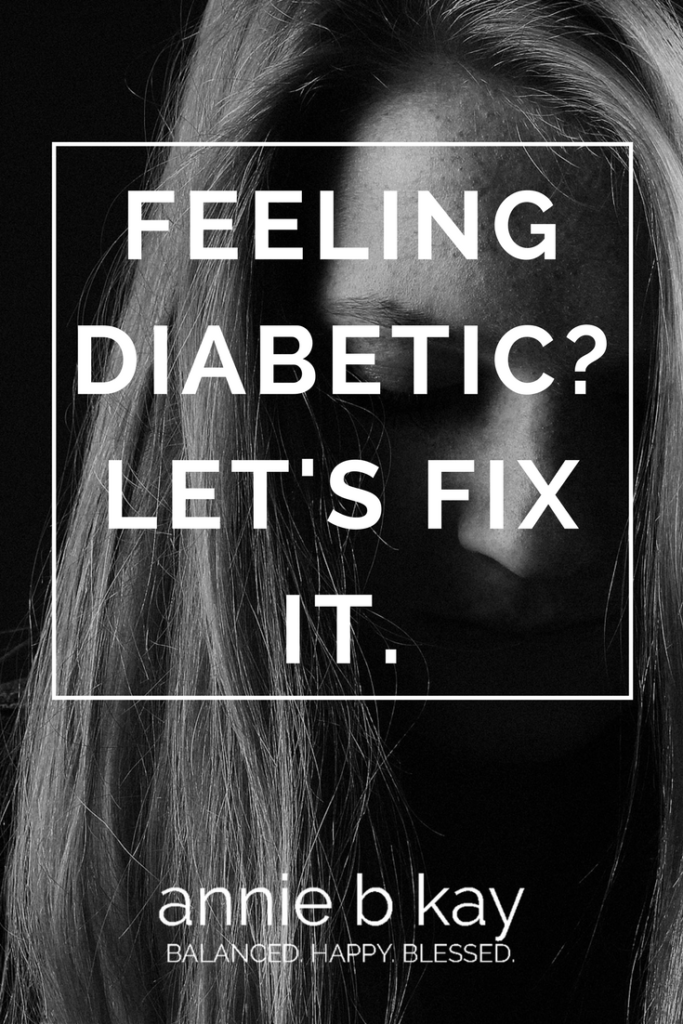
Pinterest
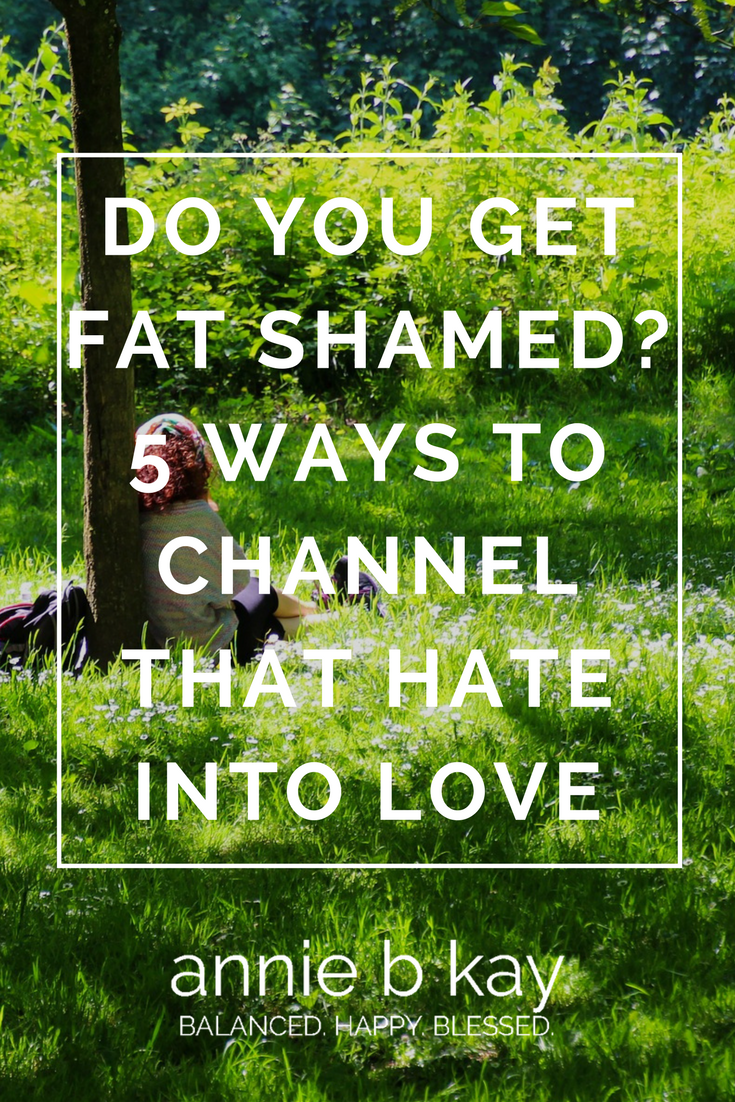
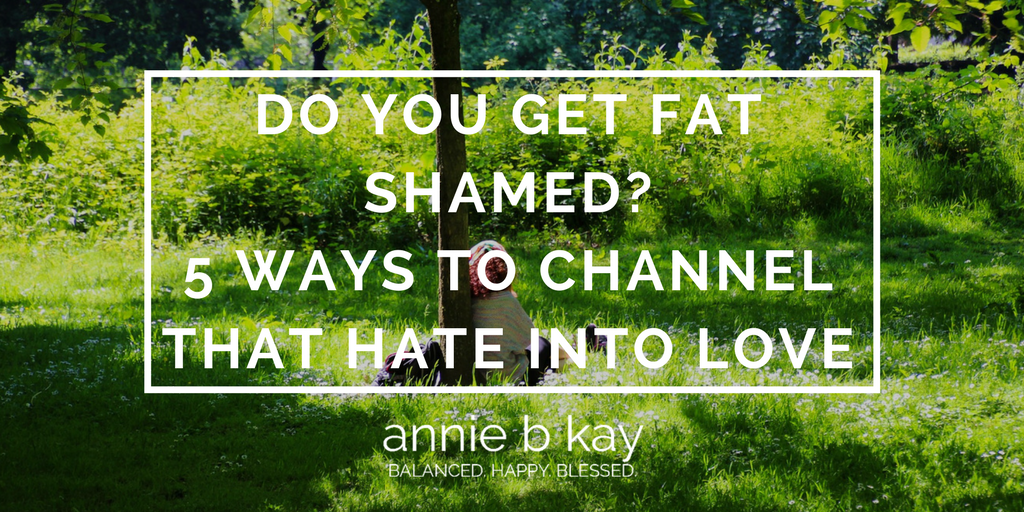
Donald is gaining weight. He’s feeling the stress! But I am saddened by some of my favorite commentators’ abusive language around his stress eating and resulting weight.
Several years ago at a nutrition conference, I took a test designed by researchers at the Rudd Center for Food Policy at Yale, that consisted of quickly circling a series of characteristics which may or may not describe an overweight person.
Here we were, a roomful of dietitians who’s professional lives are dedicated to helping those who struggle with weight and eating, and when the results came in, we were shown to be rife with our own weight bias. The speaker shared that her experience with health professionals across the country suggested that all of us – down to a person – carry a deep bias against people of size.
I feel it myself. Working in yoga, which has, overall, become a youth-oriented, thin-oriented world isn’t always easy. There are times my brilliance doesn’t matter – how can that be?!
We are a nation terrified of gaining weight and intolerant of those who do. Social stigmatization of overweight people is at an all-time high. All the while it seems more difficult to achieve a healthy weight, and Americans continue to gain. We are hard on each other, and hard on ourselves, and none of it is helpful.
This mass aversion to weight appears to be based less in science than fashion (and fear). Body weight, scientists are finding, does not predict health as well as healthy lifestyles and physical fitness do. More Americans are fit and fat, and thinness does not guarantee good health.
Obesity is being blamed for everything from higher gas prices to global warming. The latest round of zealous investigation of the costs of obesity is an article in the current issue of The Engineering Economist, which calculates how much more gasoline is used by overweight Americans. The findings are in the same vein as an article by the Centers for Disease Control and Prevention last year, that calculated how much more fuel airlines use now that the American waistline has expanded.
“People are out scouring the landscape for things that make obese people look bad,” noted Kelly Brownell, a director of the Rudd Center for Food Policy at Yale in a recent New York Times article. Is that a bad thing? Opinions are decidedly mixed. Some educators feel that anything that can be done to motivate people to eat less and exercise more should be done, including social ridicule.
Does this public flogging work? Research suggests that for weight issues, it does not.
Unlike other public health issues – smoking, substance abuse, peer pressure around obesity seems to make the problem worse. Several recent studies reported in Obesity Research suggest that the stigma of overweight and its emotional fallout leads those who struggle with eating and weight to eat more, not less.
Why might this be so? For smoking, drinking and other unhealthy habits, abstinence is a viable and sometimes preferable choice. But we need to eat to live, so with food abstinence is not an option. To eat consciously we must learn to be moderate. And moderation is not a widely observed American trait.
Eating is a sensual experience, with its emotional roots deep in our earliest memories. From our first nursing at our mother’s breast (or from the bottle offered by dad), eating is what humans do when we come together, be it family dinner or special celebrations. Food is not only the fuel that enables our survival; it represents connection, comfort, even love. No wonder, when our lives feel out of balance, our relationship with food also becomes unbalanced. Eating is comforting, at least in the short term. Over time, however, overeating as a coping mechanism never works and becomes just another stress-producing part of life.
Our deep connection with food and eating is brilliantly exploited in advertising, with large portions of snack foods offered up as a salve for what ails us. Studies have shown that food in advertising is also presented as means to relieve loneliness, replace relationships, reward ourselves, and manage stress. At the same time, the media suggests we keep the medicinal chocolate cake handy, it also peddles images of beauty that are impossibly thin.
What can we do to escape the cycle of eating and intolerance? How do we turn the hate into self-love and forgive the haters?
- We can relax. By occasionally unplugging from the constant contact, always available, 24/7 culture, we can begin to unwind. By slowing down we just say no to the media-driven messages of disordered eating and unhealthy body image. As we do that, a quiet whisper of truth can finally be heard, and more natural ways of being can emerge.
- We can learn to feel our emotions fully before reacting. This is a great practice – feel, honor, release emotions without pacifying or burying how we feel with distractions of food or shopping. Just taking a brief walk can be a great way to manage stress, to think, to breath, and to elucidate and integrate how you feel about something.
- We can try this simple (but not easy) process when we feel the red flag of intolerance toward ourselves or others: Slow down. Breathe. Relax. Send loving kindness to whoever triggered your red flag. The Dalai Lama says that when someone triggers you – really pushes your buttons, we should bow down and thank them. I love Buddhist humor! So hard to do – but so necessary to make the world a better place.
- We can practice compassionate self-observation free of judgment. What are the parts of your body that you feel are most beautiful? Can you let those good feeling expand – like a golden light – to your whole body? How about your life – what is going well?
- We can try less. Try less of anything we approach with a consuming mindset, be it food, busyness, money, or exercise. Don’t believe the lie that you have to do everything or be perfect.
Each of these simple (though not easy) practices cultivates conscious renunciation of the crazy culture we live in. They are a simple (but not easy) means of taking control of your own life experience.
Part of the job of being me is to practice and model. To show up, even when it’s hard and I’d rather not. I believe very very deeply that it’s the oldest, largest, most handicapped person in the yoga class who is the biggest teacher – who sends the message to every young woman and man that yes, it’s OK to get older or larger or less well or lose a leg (like one wonderful woman who, when there was a deep community connection, came to classes regularly).
We all need to live in the world. And our world is a bountiful place where anything is possible. Fashion, the media, and all the gizmos of modern life can be fun tools for creating a productive and meaningful existence. There is nothing inherently evil about our culture except that parts of it are designed to make us feel horrible about ourselves as a strategy to keep us shopping and eating.
The obesity epidemic is a global health crisis. And it may be that our growing waistlines contribute to global warming, high gas prices, and other societal ills. Let’s forgive the researchers who spent their time, talent, and our money to make these calculations.
Ooaaahhhmmm. Namaste.
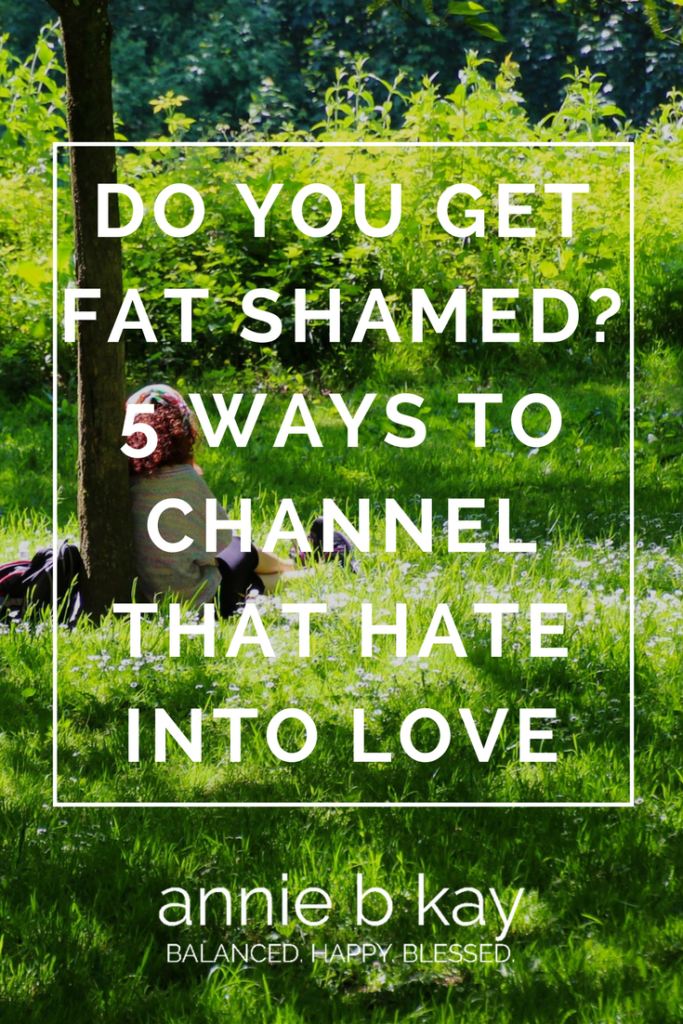
Pinterest
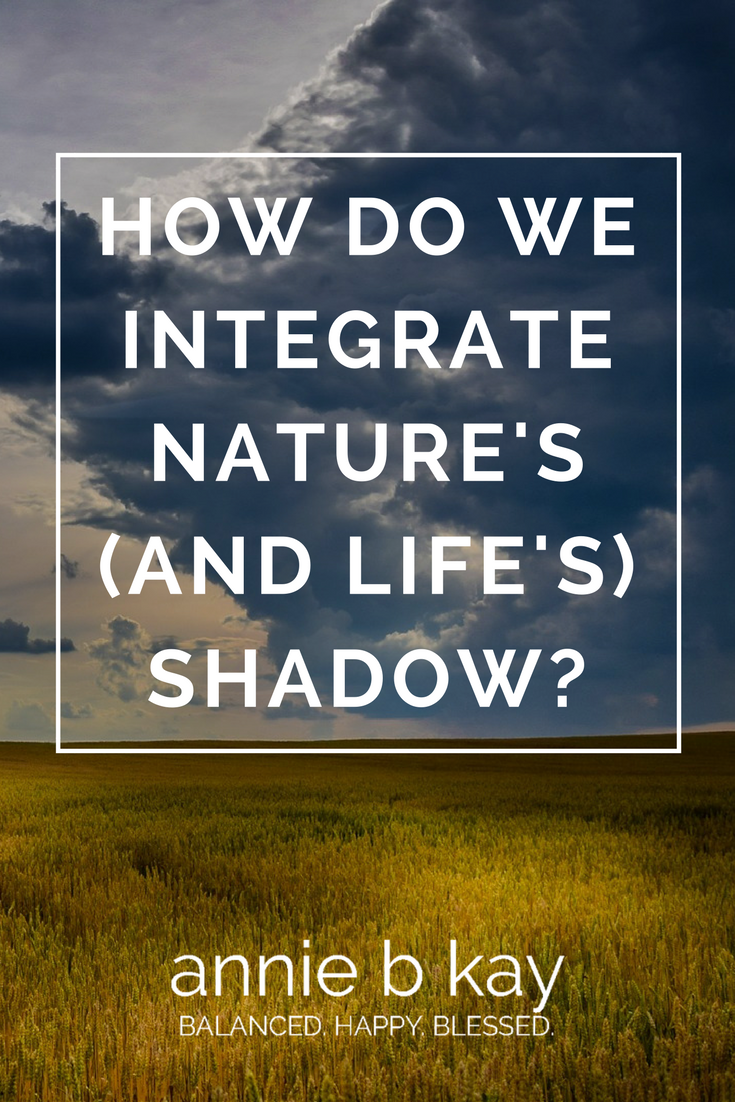
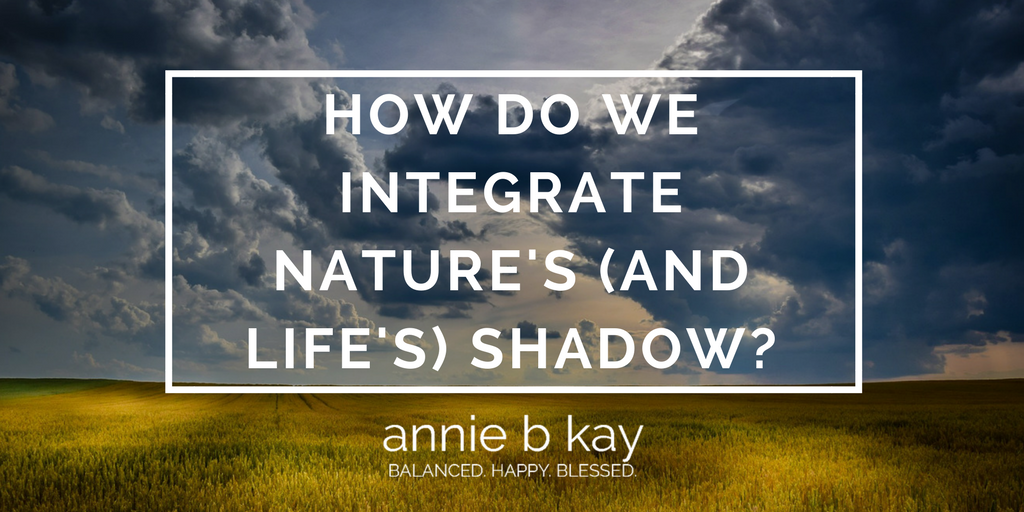
Last year I had an explosion of gorgeous chocolate sunflowers. Deep red petals in the sun, true beauty in their dark faces. So I saved them because I am the mistress of my garden and I believe in participating in the cycle of nature. I have a city of seed saving in my garage – white cosmos, zinnias, bachelor buttons and a collection of other things.
This morning I’m absorbed in the only somewhat painstaking task of flicking the seeds from the floppy dried heads of chocolate sunflowers, and there it is. A small worm, fat but only half the length of the nail on my pinkie. Then another. And another. They are crawling everywhere, and I notice that most of the seeds have one clean and tiny hole in them. Gross. Flower after flower, seed after seed after seed are crawling with baby worms.
And I think, here it is. As it ever was.
Humankind will not go down in a dramatic firey flame. It will be a little worm, or a small bug that gets in and eats away at that one essential element that we don’t know is the essential element until it’s gone. This is how it ever was.
We collect seeds for the next year, and the bugs and worms eat them. We pick them out, eagle-eye our beautiful seeds, and maybe if we are lucky we’ll have enough to plant. And maybe if we are lucky we’ll have a few come up. If we have nearly enough to eat then it will be worth it.
I’ve been thinking lately about the relationship of pain and bliss. One of my most beautiful friends recently died of an excruciating disease well before her time. She died with courage and compassion, awake. To what degree does the struggle in my life make my happiness sweeter, and to what degree does struggling just get me into the groove of suffering? Impossible to know, perhaps, without help or perspective.
My seeds aren’t my only garden struggle. My frangrant tulsi in organic cold pressed jojoba oil this year got moldy. I tended it daily but no mistaking that acrid smell of my lovely expensive oil gone rancid.
And yet, I will do it again.
I will practice – collecting seeds, making oils. Because in this crazy cyber-world, it ties me to the earth. It ties me to the history of those who went before, when the food went bad, when the seeds were eaten, when the earth determined in its impersonal yet I guess perfect way who lived and died and how that might unfold.
My heart breaks for people who are getting depressed because everyone’s Facebook page looks so much more interesting than theirs. Come on. We all know it’s not real. We all know that we are presenting a goofy, shiny, off kilter version of who we are.
Be authentic but look cute doing it, I call it. Life just isn’t like that.
So what do we do? We comfort each other. We save seeds. We make oils and share the best of ourselves as best we can and maybe, maybe not we actually touch one another. Look to nature. It’s messy and muddy and achingly beautiful.
You are nature, thus you are messy and muddy and achingly beautiful too.
Ah-ho-tai!
(translation: “How it is”, in Navaho)
Annie
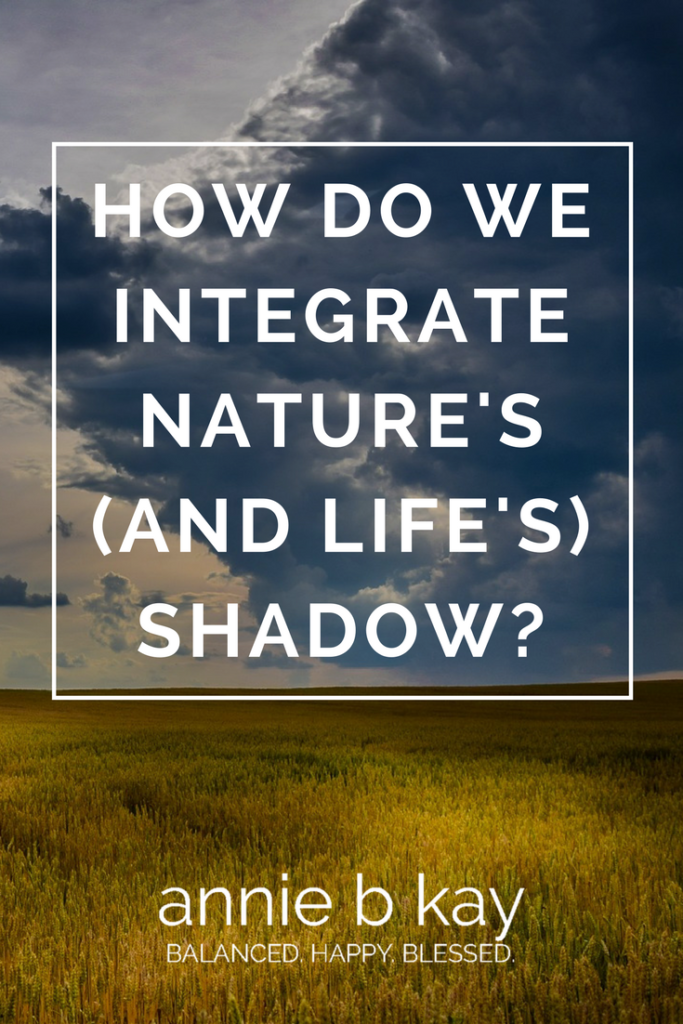
Pinterest


 May Abraham Fridel’s Indian Cuisine Diabetes Cookbook has an authenticity and accessibility that are the hallmarks of a great cookbook. It practically smells like cumin – must be the beautiful red-brown of the two-color interior and beautiful four-color photos of select dishes. If you love the smells and tastes of India food and want to bring a bit of that into your own kitchen, this is a book for you.
May Abraham Fridel’s Indian Cuisine Diabetes Cookbook has an authenticity and accessibility that are the hallmarks of a great cookbook. It practically smells like cumin – must be the beautiful red-brown of the two-color interior and beautiful four-color photos of select dishes. If you love the smells and tastes of India food and want to bring a bit of that into your own kitchen, this is a book for you.














